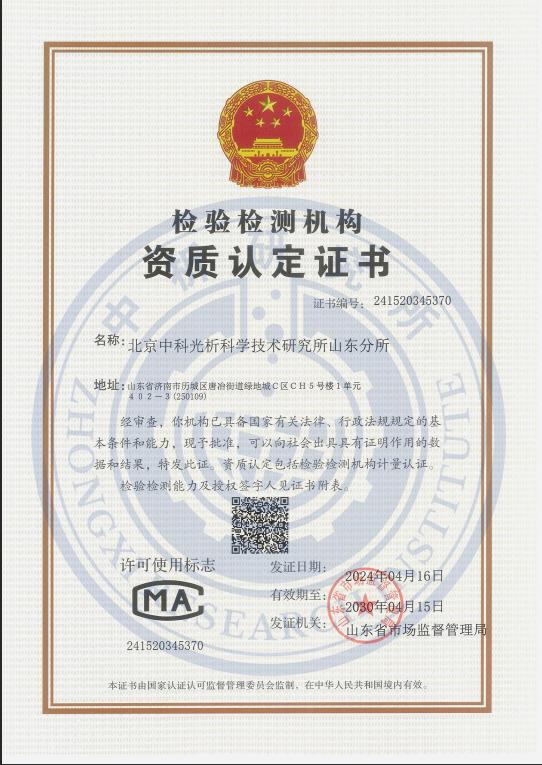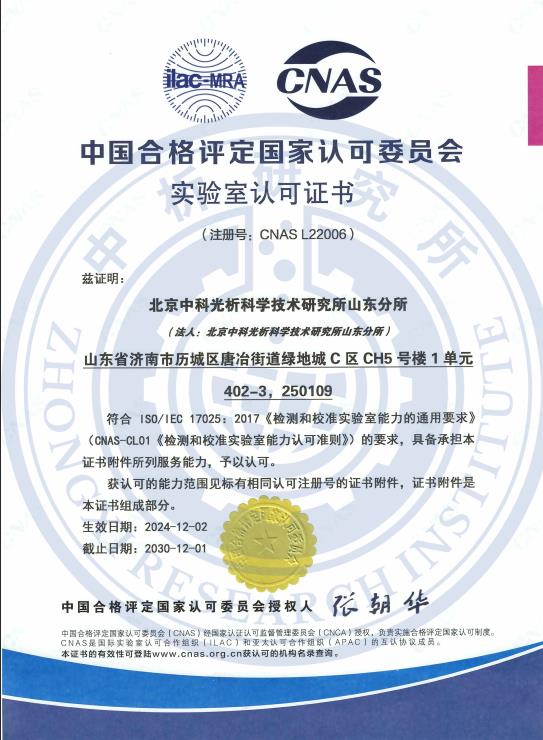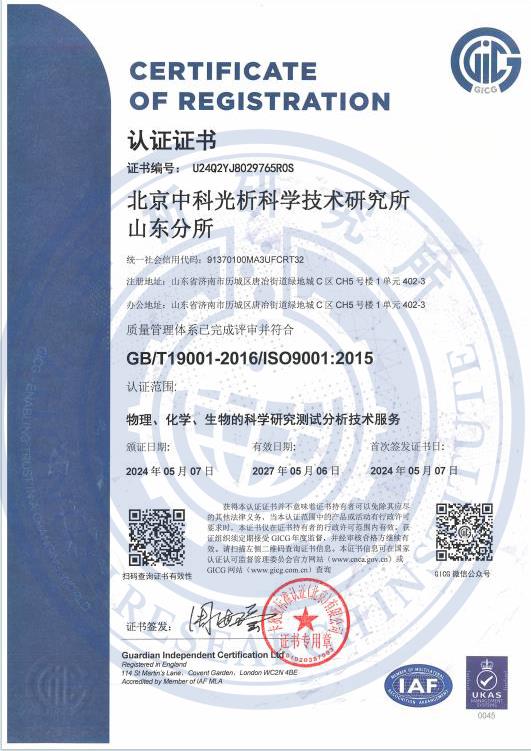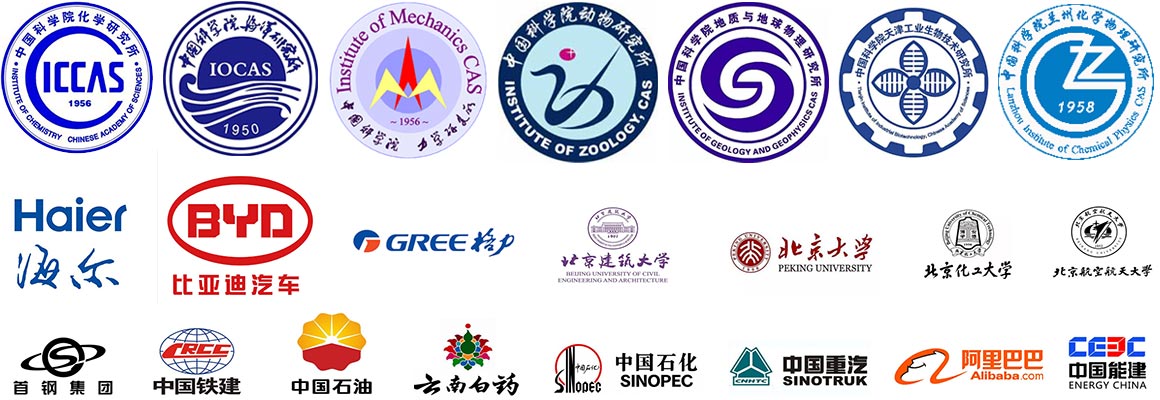丙硫特普、甲基谷硫磷、乙基谷硫磷、硫丙磷、三硫磷、毒蟲畏、毒死蜱、甲基毒死蜱、蠅毒磷、巴毒磷、內吸磷、S-內吸磷、二嗪農、除線磷、敵敵畏、百治磷、樂果、敵殺磷、乙拌磷、苯硫磷、乙硫磷、滅克磷、伐滅磷、
1對1客服專屬服務,免費制定檢測方案,15分鐘極速響應
發布時間:2025-07-30 07:03:50 更新時間:2025-07-29 07:03:50
點擊:0
作者:中科光析科學技術研究所檢測中心
1對1客服專屬服務,免費制定檢測方案,15分鐘極速響應
發布時間:2025-07-30 07:03:50 更新時間:2025-07-29 07:03:50
點擊:0
作者:中科光析科學技術研究所檢測中心
Organic phosphorus pesticides, such as propetamphos (丙硫特普), methyl parathion (甲基谷硫磷), ethyl parathion (乙基谷硫磷), phosalone (硫丙磷), carbophenothion (三硫磷), chlorfenvinphos (毒蟲畏), chlorpyrifos (毒死蜱), chlorpyrifos-methyl (甲基毒死蜱), coumaphos (蠅毒磷), crotoxyphos (巴毒磷), demeton (內吸磷), demeton-S (S-內吸磷), diazinon (二嗪農), dichlofenthion (除線磷), dichlorvos (敵敵畏), dicrotophos (百治磷), dimethoate (樂果), dioxathion (敵殺磷), disulfoton (乙拌磷), EPN (苯硫磷), ethion (乙硫磷), ethoprop (滅克磷), and fenthion (伐滅磷), are widely used in agricultural practices to control pests and enhance crop yields. However, these compounds pose significant environmental and health risks due to their high toxicity and persistence. Residues can accumulate in food chains, water sources, and soil, leading to acute and chronic effects such as neurotoxicity, endocrine disruption, and ecological imbalances. Regulatory bodies worldwide mandate strict monitoring to ensure compliance with safety limits, emphasizing the critical need for accurate and efficient detection methods. This article will focus on the essential aspects of detecting these pesticides, including detection projects, instruments, methodologies, and standards, to safeguard public health and environmental sustainability.
Detection projects for organic phosphorus pesticides like propetamphos and chlorpyrifos primarily target residues in various matrices such as agricultural products (e.g., fruits, vegetables, grains), drinking water, soil, and animal tissues. Key parameters include identifying specific active ingredients (e.g., quantifying chlorpyrifos levels in apples or diazinon in rice), as well as their metabolites and degradation products (such as oxons or sulfones) to assess cumulative exposure risks. The detection scope also covers regulatory compliance aspects, ensuring pesticide concentrations remain below maximum residue limits (MRLs) set by authorities to prevent acute poisoning and long-term health issues like nervous system disorders.
Advanced instrumentation is essential for precise detection of these pesticides. Commonly used devices include:
- Gas Chromatography-Mass Spectrometry (GC-MS): Highly effective for volatile compounds like dichlorvos and dimethoate, offering high sensitivity and specificity in separating and identifying residues.
- Liquid Chromatography-Tandem Mass Spectrometry (LC-MS/MS): Ideal for non-volatile or polar pesticides such as chlorpyrifos-methyl and fenthion, providing accurate quantification even at trace levels in complex matrices.
- High-Performance Liquid Chromatography (HPLC) with UV or fluorescence detectors: Used for routine analysis of compounds like diazinon, offering cost-effective screening.
- Other instruments include atomic absorption spectrometers for elemental analysis and immunoassay kits for rapid on-site screening, enhancing flexibility in diverse testing scenarios.
Standard detection methods involve multi-step protocols to ensure reliability. Key approaches include:
- QuEChERS (Quick, Easy, Cheap, Effective, Rugged, Safe) method: Widely adopted for multi-residue analysis in food samples; involves extraction with acetonitrile, salt partitioning, and cleanup using dispersive solid-phase extraction (d-SPE) before instrumental analysis via GC-MS or LC-MS/MS.
- Solid-Phase Extraction (SPE) followed by GC or HPLC: Used for water and soil samples, where pesticides like ethoprophos are extracted using cartridges, concentrated, and quantified.
- Enzymatic or colorimetric assays: Suitable for preliminary screening in field conditions, such as detecting chlorpyrifos residues using cholinesterase inhibition tests.
These methods emphasize minimizing matrix interference and optimizing recovery rates to achieve detection limits as low as 0.01 μg/kg in food and 0.1 μg/L in water.
International and national standards govern pesticide detection to ensure consistency and safety. Key references include:
- ISO 17025: General requirements for laboratory competence, applicable to testing facilities handling pesticides like propetamphos and demeton.
- U.S. EPA Methods (e.g., Method 507 for organophosphorus pesticides in water or Method 8141 for soil analysis): Provide validated protocols for instruments like GC-MS.
- European Union regulations (e.g., SANTE/12682/2019): Detail MRLs and analytical procedures for food matrices, ensuring harmonization across member states.
- Chinese National Standards (e.g., GB 23200.113 and GB 2763): Specify detection methods for pesticides such as chlorpyrifos and dimethoate in agricultural products, with strict guidelines on validation parameters like precision and accuracy.
Adherence to these standards ensures reproducibility, regulatory compliance, and mitigation of false positives/negatives, safeguarding against health hazards.

證書編號:241520345370

證書編號:CNAS L22006

證書編號:ISO9001-2024001















版權所有:北京中科光析科學技術研究所京ICP備15067471號-33免責聲明